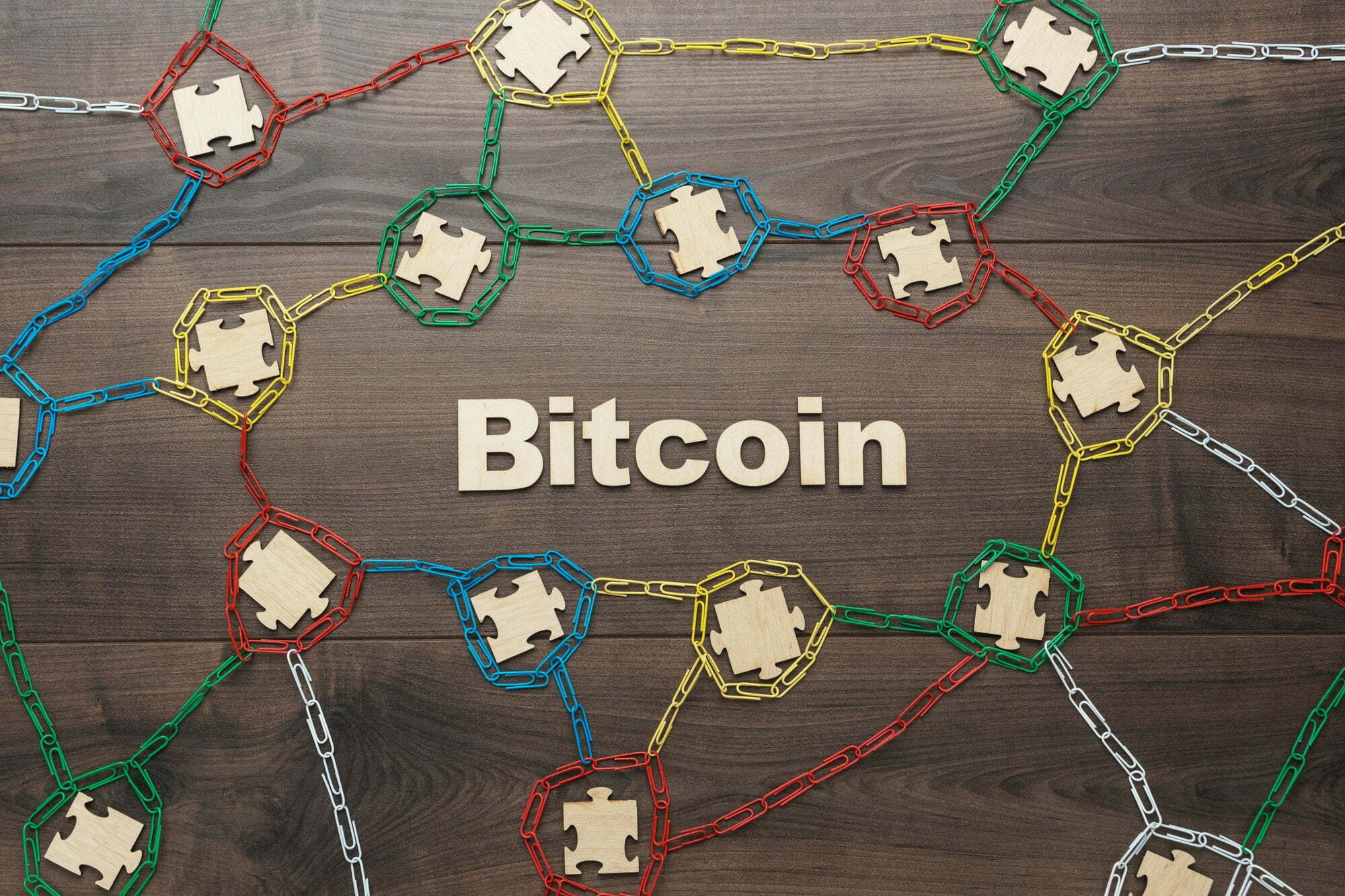Crypto.com’s CRO Rebrands to Cronos, Token Mechanics Remain Unchanged
Say goodbye to Crypto.com Coin, and hello to “Cronos” – the popular crypto exchange’s new name for its CRO utility token. The token, which is native to the Crypto.org and Cronos EVM chains, will see neither its ticker symbol nor mechanics change.

Crypto.com’s and Cronos’s Growth
Adoption of the Cronos chain has scaled rapidly since launch. It now contains over 350,000 unique addresses on-chain, with $15 million in trading volume and $2.5 billion TVL. That makes it the 10th ranked DeFi platform by value locked within about four months.
Crypto.com is now inviting more developers to apply for funding from its $100 million ecosystem fund at Particle B. There are at least 120 devs that have already built on the platform.
Crypto.com showcased an ad at the Bengals vs Rams superbowl match, featuring basketball legend Lebron James. The company has also recruited famous actor Matt Damon for promotional services, who is part of the exchange’s home page ad.
To read full article: click here

















